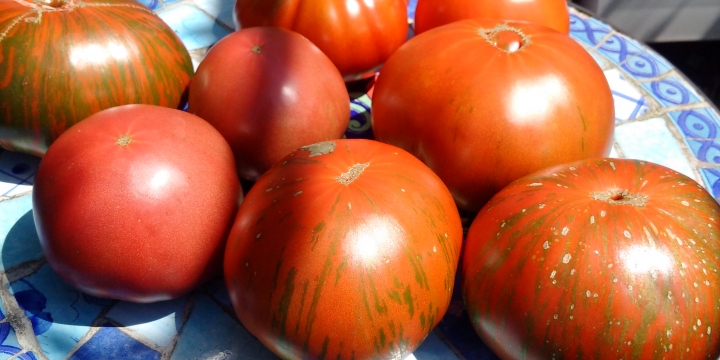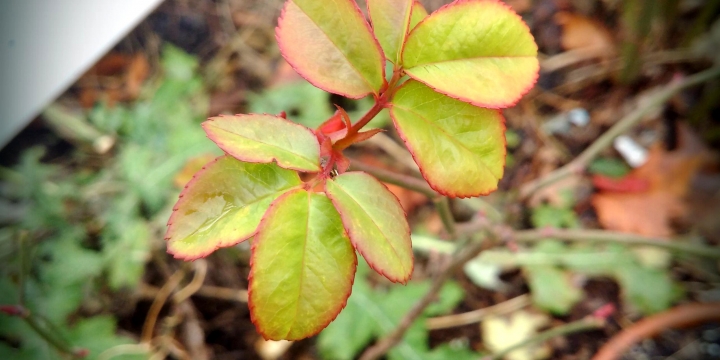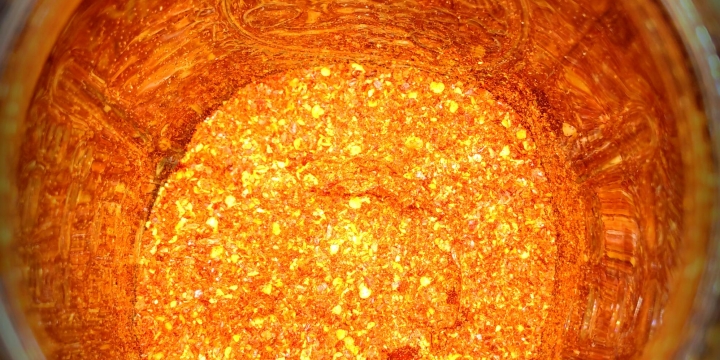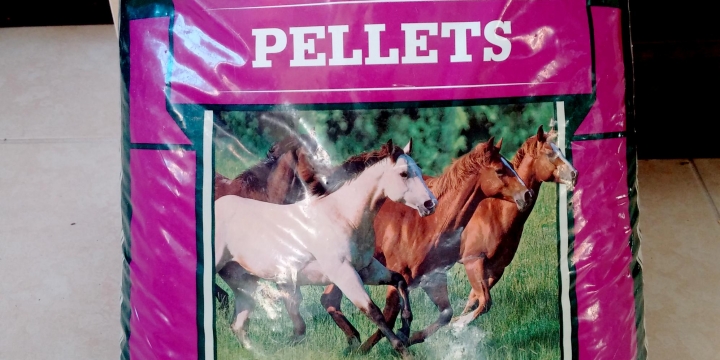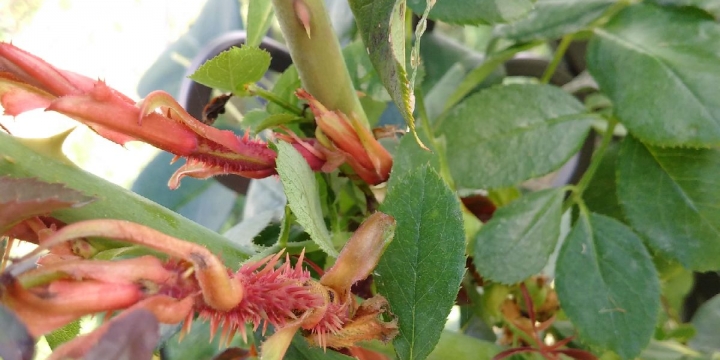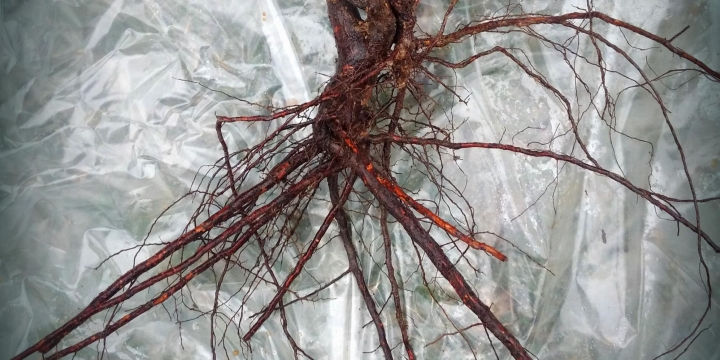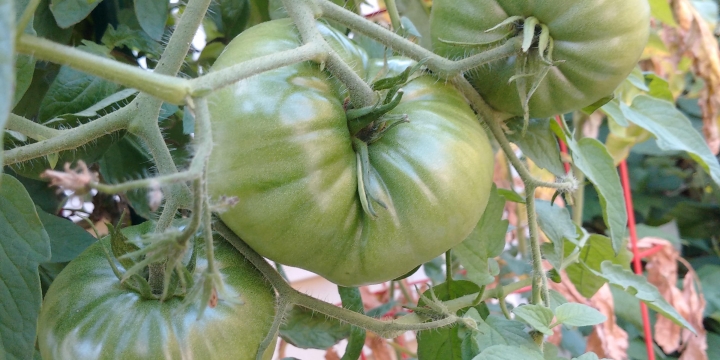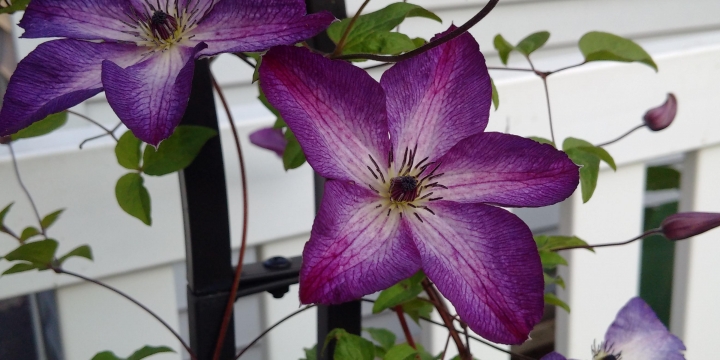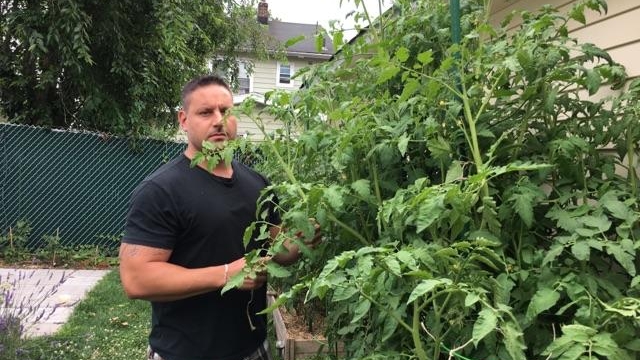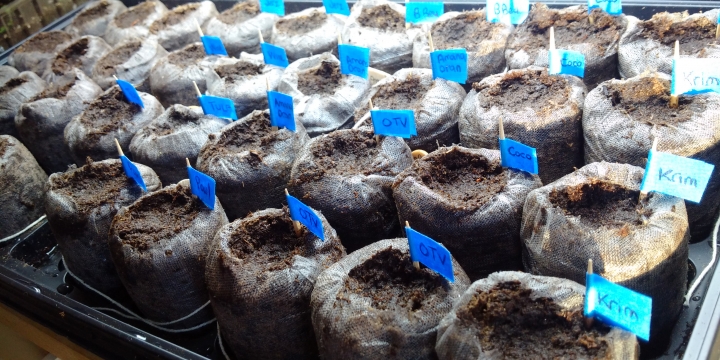
Prepping the soldiers for battle
You have to love the week between Christmas and New Years. Four gardening catalogs arrived today. They will need to be especially convincing, as I only have space for two new varieties of tomato this year. I also need to figure out how to handle my grafting stock, now that I'm committed to grafting at least half of my tomatoes onto Estamino rootstock. Last year, the ten unlabeled seedlings were Estamino... destined for beheading. Six weeks to seed sowing. [caption id="attachment_2661" align="alignnone" width="640"] 2016's tomato seedlings. The unlabeled pods to the left were Estamino, grown for rootstock.[/caption]

